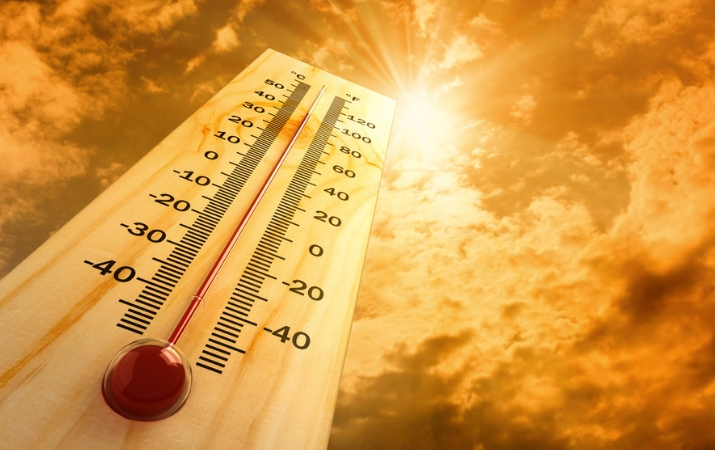Your rights at work during extreme weather

As we head towards summer with a high likelihood of ongoing heatwaves and other dangerous weather conditions, it’s important to know your industrial rights and when to say no to working in dangerous weather.
Heat and Heatwaves
Did you know that heat could impact you dangerously at a number of temperatures depending on the heat/ humidity combination?
You may also be impacted by heat and face the risk of heat stroke differently dependent on your environmental conditions. For example, you may be more prone to heat stroke because you are working outdoors in high temperatures or because you are working in a poorly ventilated workshop, sound stage or shed, wearing a costume with poor ventilation or working backstage in a theatre with high humidity.
The Model Code of Practice: Managing the Work Environment and Facilities is an approved code of practice under section 274 of the Work Health and Safety Act. Under the code you have a right to safety control measures against extreme heat where possible, such as:
• increasing air movement using fans;
• installing air-conditioners or evaporative coolers to lower air temperature;
• isolating workers from indoor heat sources, for example by insulating plant, pipes and walls;
• removing heated air or steam from hot processes using local exhaust ventilation;
• using mechanical aids to assist in carrying out manual tasks and altering work schedules so that work is done at cooler times;
• slowing down the pace of work if possible;
• supplying cool drinking water;
• providing a cool, well-ventilated area where workers can take rest breaks;
• providing opportunities for workers who are not used to working in hot conditions to acclimatise, for example job rotation and regular rest breaks;
• ensuring light clothing is worn to allow free movement of air and sweat evaporation, and;
• ensuring workers have been trained about the hazards of working in hot conditions and how to recognise and act on symptoms of heat-related illness.
A wet bulb temperature at 31C and 50% relative humidity could possibly induce hyperthermia and be fatal however you can be at risk for heat-related illness at a number of different heat/ humidity combinations and your level of physical activity. This heat stress calculator can be a good guide for your specific circumstance. If you think you might be experiencing heat illness-related symptoms or you think you could in your existing work environment, contact your local organiser to discuss the safety of your work environment and the MEAA can provide advice on the safety of the wet bulb temperature of your place of work.
Severe storms or flooding
As the likelihood of severe storms increase across the country, you have the right under the Model Work Health and Safety Act 2011 to refuse to work in unsafe conditions and this includes refusing to drive to unsafe locations, refusing to undertake work in unsafe areas or potentially unsafe areas, and leaving work early to be able to return home safely.
You should never assume simply because you are given a direction by a manager, supervisor, line producer or similar that they understand the potential risks and you should always prioritise your personal safety. All employers should have also have emergency plans in place where extreme weather is possible and undertake safety training for all employees relevant to these plans.
If you feel uncertain advocating for your rights in these conditions, please contact MEAA Member Central.